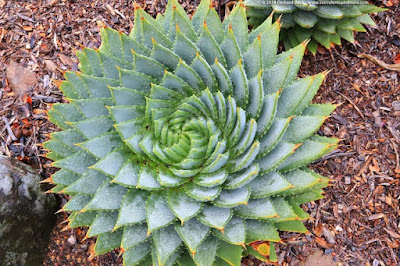Introduction:
Aloe vera, a succulent plant species of the genus Aloe, is renowned for its medicinal and therapeutic properties. Commonly referred to as the "plant of immortality" by ancient Egyptians, Aloe vera has found its place in numerous households across the world due to its ease of cultivation and myriad uses. Though Aloe vera barbadensis miller is the most recognized variety, the genus Aloe comprises over 500 species, each with unique characteristics and benefits. This article explores the various types of Aloe vera, highlighting their distinctive features and uses.
1. Aloe Vera Barbadensis Miller:
Aloe vera barbadensis miller is the most widely known and cultivated species. This variety is celebrated for its thick, fleshy leaves filled with a clear gel known for its soothing, healing, and moisturizing properties. The gel is commonly used in skincare products, sunburn treatments, and as a natural remedy for minor cuts and burns. Its ease of cultivation and hardiness make it a popular choice for both indoor and outdoor gardens.
2. Aloe Arborescens:
Aloe arborescens, also known as the "tree aloe," is a larger species often used in traditional medicine, particularly in South Africa and South America. It has a branching, tree-like structure and produces bright red or orange flowers, making it an attractive ornamental plant. The leaves of Aloe arborescens are thinner than those of Aloe vera barbadensis miller but still contain beneficial gel used in wound healing and as a dietary supplement for its potential immune-boosting properties.
3. Aloe Ferox:
4. Aloe Maculata:
Aloe maculata, commonly known as "soap aloe," is characterized by its spotted leaves and the ability to thrive in various environments, including rocky and sandy soils. This species produces a soapy substance when its leaves are crushed, which can be used as a natural detergent. Aloe maculata is also valued for its bright red-orange flowers that attract pollinators, enhancing biodiversity in gardens.
5. Aloe Polyphylla:
Aloe polyphylla, or "spiral aloe," is famed for its mesmerizing spiral leaf arrangement, making it a prized specimen among succulent enthusiasts. Native to the mountainous regions of Lesotho, this species requires well-draining soil and cooler temperatures. Although it is not as commonly used for medicinal purposes as other Aloe species, its unique appearance makes it a popular ornamental plant.
6. Aloe Plicatilis:
Aloe plicatilis, known as the "fan aloe," is a distinctive species with fan-shaped leaves arranged in rows on either side of the stem. This tree-like aloe can grow up to 5 meters and produces vibrant red flowers. Aloe plicatilis is native to the Western Cape of South Africa and is often grown for ornamental purposes due to its unusual and striking form.
7. Aloe Striata:
Aloe striata, or "coral aloe," is a visually appealing species with smooth, gray-green leaves edged with a pink or coral hue. This aloe produces stunning coral-red flowers, attracting hummingbirds and bees. Aloe striata is drought-tolerant and thrives in well-draining soils, making it a popular choice for xeriscaping and rock gardens.
Conclusion:
The Aloe genus offers a diverse array of species, each with unique characteristics and uses. From the well-known Aloe vera barbadensis miller to the striking Aloe polyphylla and Aloe plicatilis, these plants are not only valuable for their medicinal and therapeutic properties but also for their ornamental appeal. Whether used in skincare, traditional medicine, or as decorative plants, the various types of Aloe vera continue to capture the interest and admiration of people worldwide. Cultivating these versatile and resilient plants can enhance both health and aesthetic enjoyment, making them a cherished addition to any garden or household.









.jpg)
.jpg)
.jpg)

0 Comments